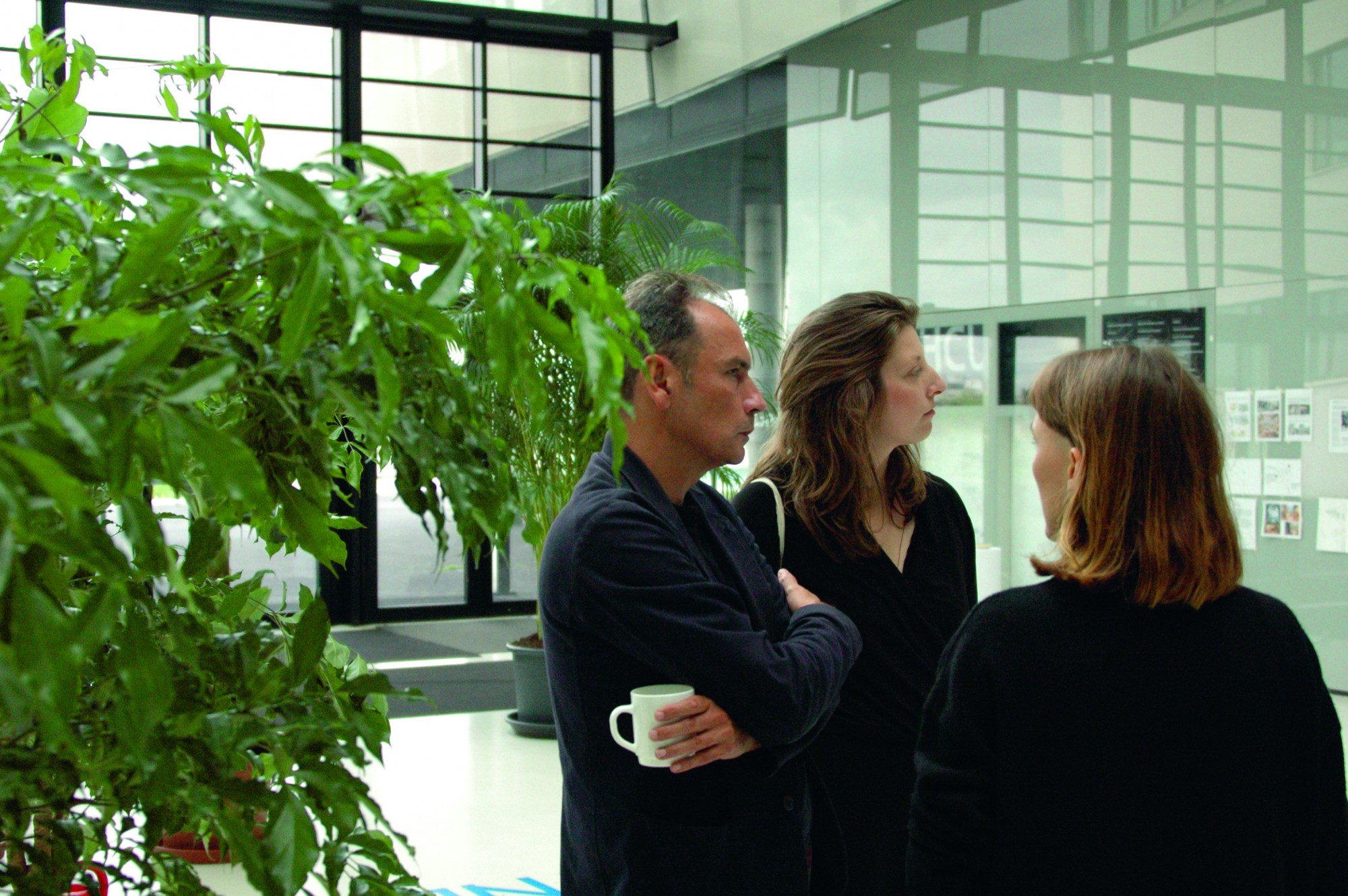Reading recommendations
24.08.2018
Atrium Radio: Now we have some booktips for you.
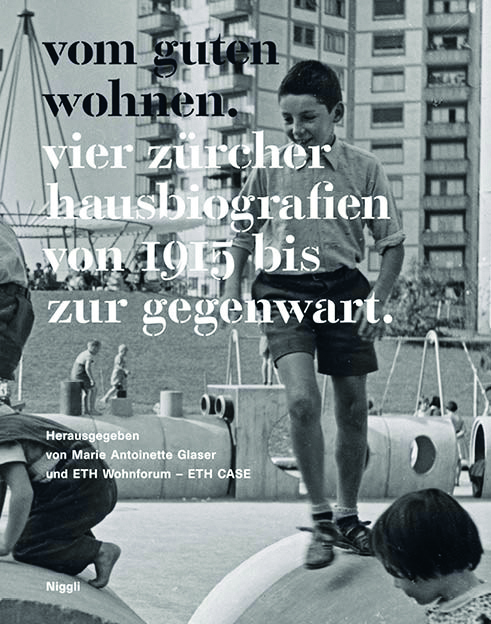
Marieke: Hello, I’d like to recommend the publication Vom guten Wohnen. Vier Zürcher Hausbiographien von 1915 bis heute by Marie Glaser. It concerns basic questions about stability and resistance of housing production. In parts the project is also published on the webpage of the ETH Wohnforum, which is described as follows:
»By using the methods of home biographies, quality concepts based on different age housing constructions of various property developers in Zurich will be examined of durability. What has proven itself? What is problematic?
Where are continuities? Which qualities are perceived – on the one hand by the residents, on the other hand by the owners and also by the public?
The focus of attention are less spectacular buildings. We believe that valued housing, constructed at different times for different social groups, can provide new insights into the permanent qualities of architecture in general. Therefore, the focus of the work is on everyday architecture in residential construction. Everyday architecture in residential construction is shaped by the requirements of usability over many years.
More than half of the funds in the European construction sector are now invested in preservation, renovation and renewal. But in relation to new buildings these themes seems still boring, costly and time consuming for most architects. Basic knowledge about the durability of material and construction already exists. On the other hand, studies are missing on the social and individual handling of the built space. This is where the home biographies starts. How prove housing constructios itselfs over a long time? What is suitable for everyday use? We know less about how residents use their home and how its owners deal with long-standing properties. To be aware of whether residential buildings are sustainable, you have to get an impression on site and having conversations with their residents. They know best about whether a house is suitable for long-term living - or not. Likewise, the administration and the ownership have important knowledge regarding the potential for the durability because they are the experts when it comes to maintenance. They all are responsible for the history and the career of durable residential buildings. Their knowledge and their action is imbedded into the house over time.«
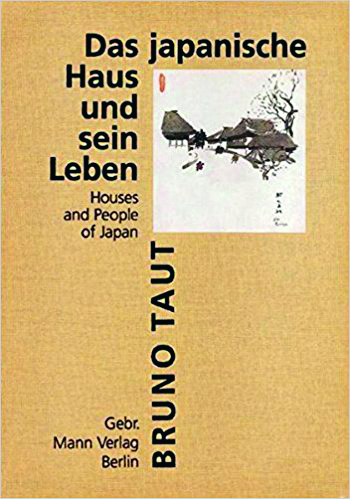
Kastania: I recommend the book written by famous German architect Bruno Taut Houses and People of Japan. He was in Japan in exile for three years, where he stayed in a traditional Japanese house. He blends together a personal journal with a research journal including drawings. There is a middle European couple, him and his wife, trying to adjust to this »strange« way of living in Japan. He notices many things and finds them unusual, yet learns about them through his personal use of them. I do recommend reading this book in bed.
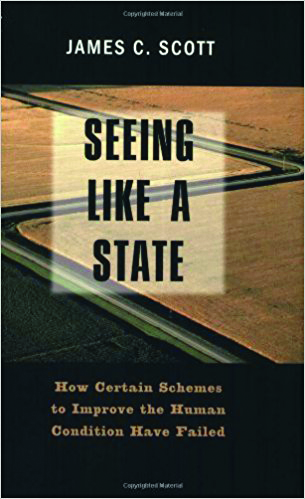
Xing: I’d like to talk about a book by James C. Scott. He is an American sociologist. One of his books is called Seeing Like a State, where he offers a particular perspective on modernization and how the state has a desire for legibility, which is, I guess, a sense of transparency. In the book he uses the Hausman reform in Paris. When Paris used to be slums, the state wanted to control and see through things. This modern movement created the city that we see today. In regards to design I figure we are often looking from a god’s perspective. This desire to regulate and standardize things, but in this book James C. Scott pointed out that when you try to shine light onto things you are also creating shadows, which increases in the inbetween where unexpected things happen. Things that haven’t been planned, that unfold, creatures and strange relationships, which are complex in many ways and cannot be simplified. For me it is really interesting to think about the dynamic between these two and how as designers we can be aware of this in order to consider how our designs fit into these two different modes of being.
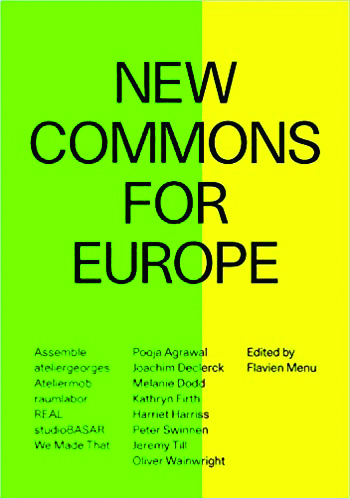
Leonie: I want to introduce you to the book New Commons for Europe which is edited by Flavian Menu. I’m currently reading this book. The book is the documentation of several conference contributions by architectural practices. In the proceedings of the conference the editor interviewed members of the presenting architectural practices about how they work in relation to the thematic focus of New Commons for Europe. The publisher’s website states that, the book »captures the vitality and the doubts of a new generation of architects living at a key moment in the history of the European Union and questioning the role of the profession and the architect’s ability to produce projects and spaces for the common good with an alternative set of resources and profit structure. After the conference a series of interviews were conducted with participants in London, Berlin, Brussels, Paris, Lisbon, and Bucharest. The book chronicles both the event and the interviews, which have developed into an ongoing European conversation between architectural figures that takes a new reading of the boundaries of the discipline and its interactions with political, economic, and social factors.«
It‘s definitely worth reading. I hope I’ll finish soon so you can borrow it.



